When you step into the arid areas of Southern Arizona and the neighboring Mexican state of Sonora, one fascinating native plant you cannot ignore is the Agave palmeri. Known as Palmer’s agave or Century plant, Agave palmeri brings an unfading charm to these semi-deserts with its dense rosette of succulent leaves. Let’s dive deeper into understanding this captivating species and its ecological importance.
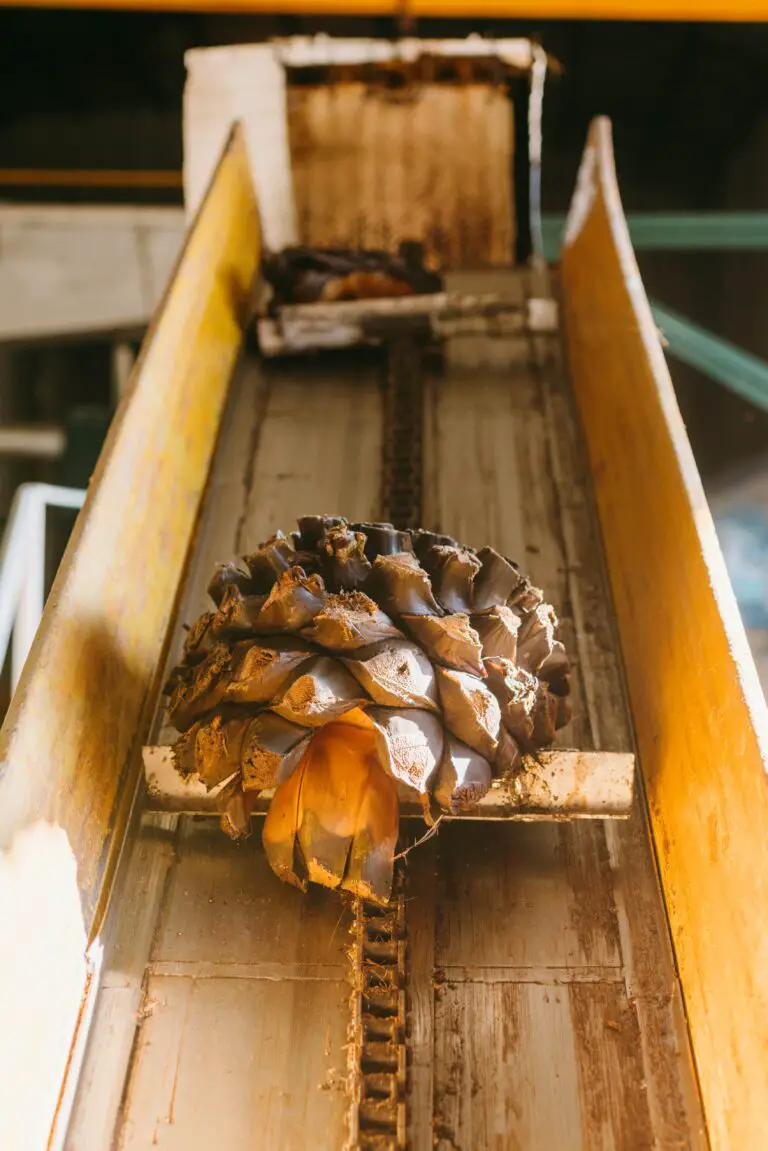
Belonging to the Agavaceae family, Agave palmeri is valued not only for its appealing visual attributes but more for its ecological significance. The plant plays a crucial role in the environment it resides in; it’s a source of nourishment for native wildlife, including several bird species, small mammals, and insects, making it a vital cog in the local ecosystem.
Understanding Agave palmeri
Agave palmeri grows up to 4 feet high with leaves that extend up to 2 feet long. These leaves range from blue-green to gray-green and have reddish-brown spines along the margins and at the tips. But it’s not just the leaves that steal the show. The plant’s tall inflorescence extending up from the center of the rosette, adorned with clusters of greenish flowers, is a spectacle in itself.
Significance of Agave palmeri in Sustainability
It’s not just about the ecological prominence; Agave palmeri packs in potential economic and sustainability benefits too. The sweet sap from its stalks has been used in traditional cultures to make syrups and fermented beverages, thus contributing to sustainable livelihoods. Its fibrous leaves have also been tapped for making ropes, mats, and baskets.
This way, the ancient ‘century plant’ seamlessly aligns with the modern concepts of biodiversity conservation and sustainable development, underscoring the significance of conserving ecologically important plant species like Agave palmeri.
Historical Background of Agave palmeri
Peeling back the pages of time, we step into the world of the often overlooked but ecologically significant Agave palmeri. Digging into the annals of plant history, we find a rich tapestry where the Agave palmeri has quietly played an integral role, underscoring its ecological importance and sustainability potential.
The origins of Agave palmeri are etched in the harsh but inspiring landscapes of the Southwestern United States and Northern Mexico. Its native region is brimming with ecological diversity and this unassuming plant is an essential character in this biotic narrative. The Agave palmeri is a master of resilience, thriving amidst rocky soils, arid climates, and intense sun, teaching us invaluable lessons in survival and adaptation.
But the real magic of Agave palmeri unfolds when we delve into its significance to the indigenous cultures of its native region. Long before the advent of modern agriculture, the ingenious indigenous populations recognized the potential of Agave palmeri and harnessed its power for sustenance and survival.
Agave palmeri was much more than just another plant for the indigenous tribes. It was a revered food source, a raw material for crafting everyday objects, and a beacon of hope in the arid wilderness. With its sword-shaped leaves and majestic flower spikes, it was symbol of resilience and a reminder of nature’s boundless bounty.
Often, the tribes would roast the plant’s hefty roots in large pit ovens, transforming them into a sweet, nutritious food source. It was a laborious process, but one that provided essential nourishment and calories during the tough desert winters. This ancient relationship between Agave palmeri and indigenous cultures is the first known example of plant cultivation in the United States, adding an intriguing chapter to the tale of this amazing plant.
Weaving this historical narrative together, we gain a newfound appreciation of Agave palmeri’s past, bringing into sharp focus its ecological importance and sustainability potential. It’s a potent reminder that plants like Agave palmeri have shaped our history just as much as they have been shaped by it. And in understanding this symbiosis, we can chart a course for a sustainable future that respects and integrates this ecological wisdom.
Botanical Description of Agave palmeri
If you’ve ever wandered into the beautiful wild landscapes of the southwestern United States and northern Mexico, you might have come across a plant that is both awe-inspiring and fascinating in its raw, natural beauty: Agave palmeri.
But what is it that makes this plant so unique? Let’s dive a little deeper and unearth the captivating features of Agave palmeri.
Physical Characteristics
Agave palmeri is a sight that you cannot miss! These plants typically grow about 2 to 3 feet high and spread out with long, succulent leaves that are broad, thick, and sinuously curved. The vibrant green leaves have attractive, prominent veins with a sharp pointed tip at the end, almost as if nature gave it its own defense mechanism against predators. Now, let’s talk about its size – it’s big, really big. Imagine, a single rosette can reach up to a whopping 4 feet wide! Now that’s an impressive figure for a desert dwelling plant.
Lifecycle
One of the most interesting features of the Agave palmeri is its intriguing lifecycle. These plants undergo a unique ‘monocarpic’ lifecycle. Wondering what that means? Well, monocarpic plants are those that flower once, set seeds and then meet their end. So, our Agave palmeri spends most of its life amassing energy and once it reaches maturity (which could take up to a decade or even longer), it puts forth a majestic bloom stalk that can reach an astounding 10 to 15 feet in height. It’s like a grand finale, a flamboyant display of its invested life energy before it finally yields to the circle of life.
Distinctive Features
Apart from the fascinating lifecycle, there are other distinctive features as well. For one, Agave palmeri produces a type of flower which is essentially its reproductive organ. The flowers are a gorgeous shade of in-between yellow and green that contrast well with the black or dark brown of the inflorescence stalk. As an adaptation to its desert habitat, the leaves are succulent and filled with a gel-like substance to help the plant retain water and survive the dry desert climate.
Agave Palmeri in Action
To truly appreciate Agave palmeri, it’s best to see it in its own habitat. We’ve found a stunning video representation of the plant in its natural setting. It just shows how resilient and beautiful nature can be even in the harshest of environments.
By now, you must have developed a newfound respect for this plant. Not just for its survival instincts, but also its elegant charm. For a deeper dive into the world of Agave palmeri, visit this link that highlights and explores various aspects of its ecology and ethnobotanical uses.
Botanically fascinating, ecologically vital, and stunningly beautiful, Agave palmeri truly is a testament to nature’s genius. Its distinct characteristics and ecological role highlight why it is important to preserve such unique species.
Ecological Impact of Agave palmeri
When we talk about the Agave palmeri, we dive deep into the ecological tapestry of our planet’s rich and diverse biosphere. Known for its resilience and adaptability, this plant stands as an emblem of endurance against the punishing desert climates.
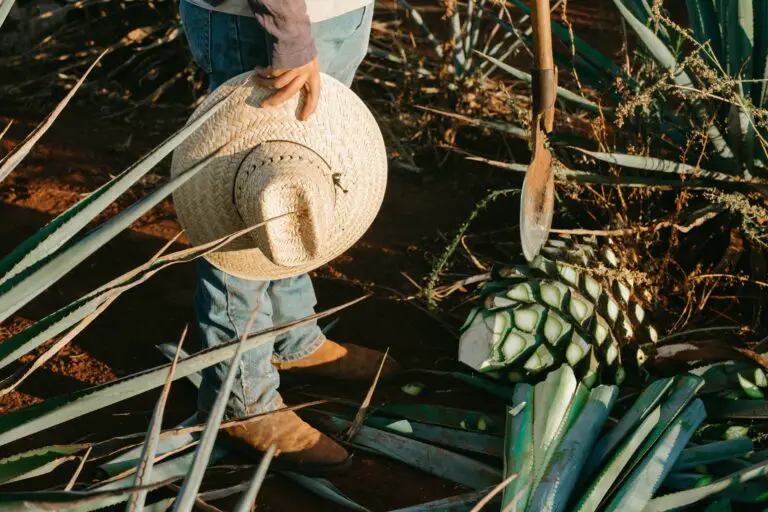
Firstly, let’s consider the relationship between the Agave palmeri and the local fauna. This plant provides an invaluable dietary source for various creatures. The nectar from its beautiful blooming flowers serves as food for hummingbirds and bats, thus playing a vital role in the complex food chain of desert ecosystems. In a sense, Agave palmeri is not only a plant but also a life-giving oasis in the desert.
The Vital Role of Agave palmeri in Soil Fertility
Agave palmeri’s ecological importance extends beyond its contribution to fauna. It is also a key player in maintaining soil health. The plant’s complicated root system helps in binding the soil together, preventing erosion and maintaining the overall stability of the desert terrain. Additionally, as the plant decays, it enriches the soil with organic material, vital for the growth of other plants and upkeep of the ecosystem.
Agave palmeri’s Adaptability: A Lesson in Survival
The Agave palmeri’s adaptability to extreme climatic conditions is simply remarkable. It flourishes in areas where other plants would merely wither and die. It can survive and even thrive in the harshest desert conditions, showcasing a sublime example of biological resilience.
In sum, Agave palmeri is a beacon of survival, adaption, and sustainability in its ecosystem. In an era where climate change is forcing us to reconsider our relationship with nature, the Agave palmeri stands as a testament to nature’s remarkable capability to adapt and thrive.
The Sustainability Potential of Agave palmeri
When you think of sustainability, your mind might not immediately jump to the Agave palmeri plant. However, this robust desert native has more to offer than meets the eye. With a profound resilience to harsh weather conditions, a growth period expertly adapted to its environment, and a treasure trove of untapped bioenergy potential, the Agave palmeri is a petit green powerhouse.
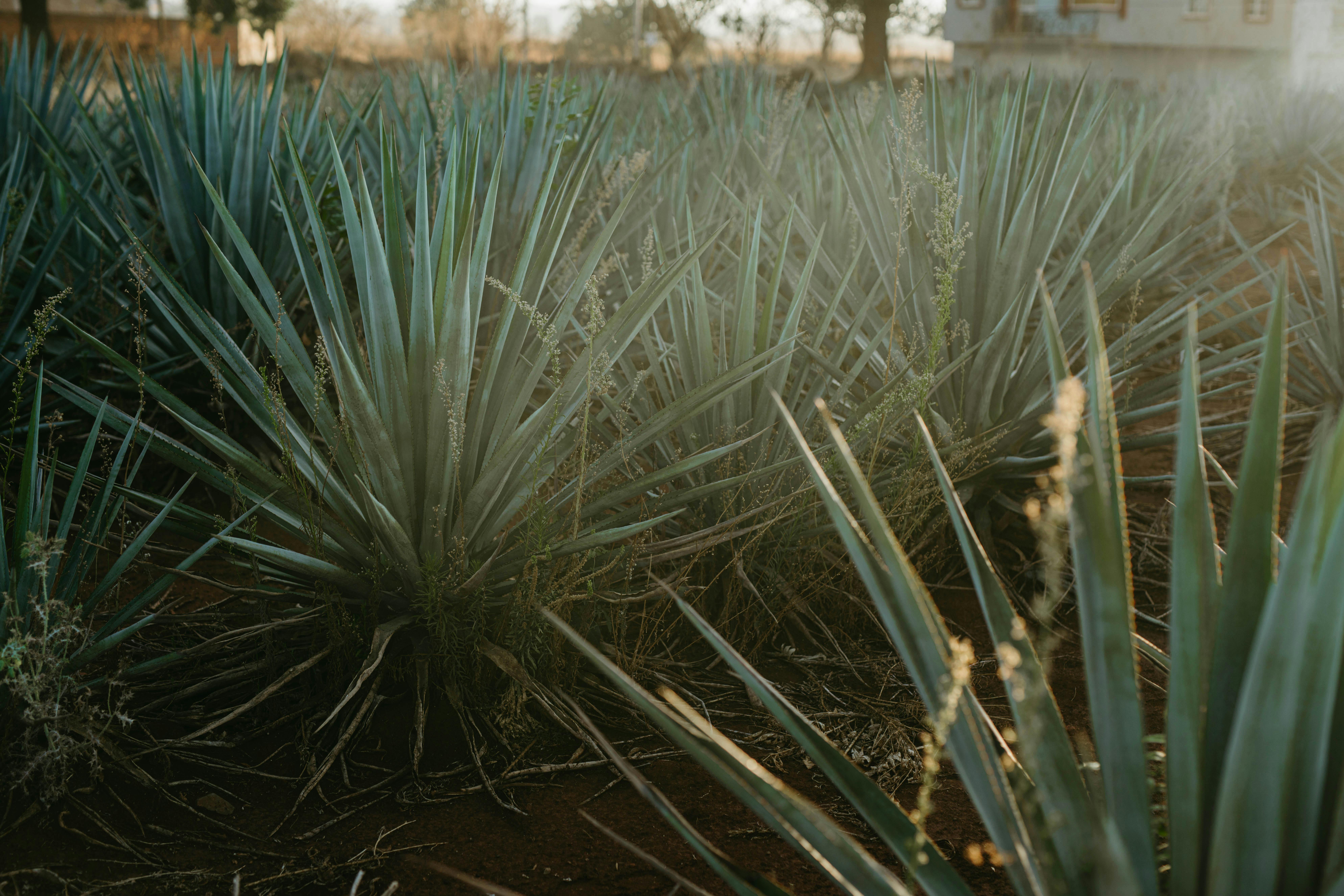
Unlocking Bioenergy Applications
Let’s dig a little deeper. Typical solar or wind energy platforms might come to mind when thinking about renewable and sustainable energy. But have you considered plant bioenergy? Agave palmeri, as it turns out, could be a heavyweight contender in this arena.
Turns out, this isn’t the plant’s first rodeo. Agave has made centuries-long appearances in native cultures as a staple crop, producing food, fiber, and even beverages. But today, scientists are eyeing a new application for the plant: bioenergy. Yes, along with your favorite tequila, Agave palmeri could soon be distilled into a green and sustainable energy source.
Weather Resilient and Sustainable
Although the idea of plant bioenergy isn’t new, what makes Agave palmeri unique is its rugged resilience. This plant is a native of the American Southwest and Mexico – areas known for torrid summers and sparse rainfall. If any plant had mastered the art of “surviving and thriving” in such conditions, it’s this one.
This weather resilience makes Agave palmeri an exceptionally sustainable crop. It requires minimal water and can thrive in soils where other crops would wither. As climate change makes our weather patterns more unpredictable, such a trait is nothing short of precious.
Scientific Research and Cultivation Techniques
Of course, unearthing Agave palmeri’s sustainable potential is not without challenges. Researchers are working to learn more about this plant, from ideal growth and harvesting periods to the most efficient bioenergy extraction techniques.
Cultivating Agave palmeri is becoming easier, thanks to continuous research and technological advancements. Whether it’s learning about the plant’s ability to sequester carbon or finding the best ways to harvest and process it for bioenergy, the possibilities are as vast as the desert landscapes the plant calls home.
Final Words
Agave palmeri is more than just another desert plant; it’s a symbol of resilient sustainability and untapped potential. Its future in the bioenergy sector seems promising, and with more research, Agave palmeri could soon be another renewable power player. Keep your eyes peeled on this space, the Agave palmeri’s story is just beginning to unfold.
Agave palmeri in Landscape Design
Whether you’re a seasoned landscape designer or a green thumb looking for a distinctive plant to enhance your garden, incorporating Agave palmeri might be just the ticket. This charismatic succulent native to the southwestern United States and northern Mexico offers an eclectic aesthetic touch with its blue-green leaves and imposing rosette structure. As we dive into understanding the use of the fabulous Agave palmeri in landscape design, you’ll also grasp some proven tips for its maintenance.

Making a Bold Architectural Statement
The appeal of Agave palmeri in landscape design lies primarily in its architectural form. With its sizable symmetrical rosette shape and broad, lance-shaped leaves, this plant can act as a fearless focal point in any landscape setting. Imagine a sprawling lawn with a stand-alone Agave palmeri; its commanding presence becomes an instant conversation piece, and the contrast it provides to the surrounding softscape components can be impressive. In an urban environment, Agave palmeri can provide a green yet drought-tolerant alternative to traditional cityscape flora.
Creating Aesthetic Appeal with Agave palmeri
Agave palmeri’s aesthetic potential extends beyond its architecture. The deeply grooved leaves and the terminal spines are characteristics that contribute to the plant’s rustic and vivid appeal. The plant’s ability to flower, albeit infrequently, presents an added bonus. When a mature plant blooms, it shoots up a towering flower spike reaching up to 16 feet in height, adorned with greenish-yellow flowers—a striking spectacle, indeed.
Agave palmeri Maintenance Tips
While Agave palmeri’s visual appeal and ecological importance make it a compelling addition to landscape designs, conducive maintenance can ensure its healthy and sustainable growth. This plant is a hardy breed that thrives in full sunlight and well-drained soil. Moreover, it’s drought-tolerant and can endure cold temperatures down to -10 degrees Celsius, making it an ideal choice for landscapes in various climatic conditions. An essential tip for its maintenance is to avoid excessive watering as this can cause the roots to rot.
In the grandeur of landscape design, the Agave palmeri stands out for its unique aesthetics and easy maintenance. Beyond its fascinating morphology and sustainable cultivation practices, the plant paints a broader picture, earmarking the importance of biodiversity, conservation, and ecological sensitivity in our landscapes. So, the next time you’re out and about, looking for an addition to your garden or a public park, give the Agave palmeri a thought. It’s a statement maker – in style, substance, and sustainability.
Conservation Status and Efforts for Agave palmeri
With its distinct rosette of succulent leaves and towering flower stalk, the Agave palmeri adds unique beauty and ecological value to its native habitats in the southwestern United States and northern Mexico. But like many plant species worldwide, the Agave palmeri is not immune to the pressures of human activity and environmental change.
Presently, Agave palmeri is listed as a species of ‘Least Concern’ on the International Union for Conservation of Nature’s (IUCN) Red List of Threatened Species. This might seem like good news. However, it’s essential to point out that the status does not mean the plant is free from threats. This beautiful succulent is still subject to several challenges, including habitat loss due to land conversion and destruction, climate change impacts, and over-collection from the wild for horticultural trade and traditional practices.
One might wonder, “Why should we be concerned about the conservation of a single plant species?” Well, the answer lies in the ecological significance of the Agave palmeri. This species serve as critical food sources for a host of animals, including bats, hummingbirds, and insects, spreading pollen and ensuring the continued survival and diversification of these creatures.
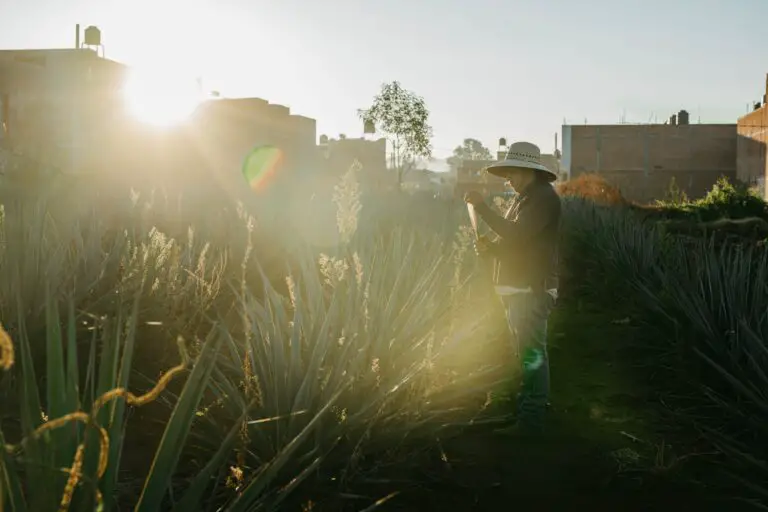
Recognizing the vital role of Agave palmeri in maintaining healthy ecosystems, conservationists are now taking action. One of the most significant efforts involves protecting and restoring its natural habitats. By safeguarding the spaces where this plant naturally occurs, not only is the Agave palmeri preserved, but so are the numerous species that rely on it.
On another front, some conservationists are taking a more hands-on approach. They collect and sow Agave palmeri seeds in controlled environments, nurturing them until they’re hardy enough to be reintroduced into the wild.
Public education also remains a significant component of conservation efforts. By educating the public about the importance of Agave palmeri and the threats it faces, more and more people can contribute positively to the plant’s future sustainability.
To sum it up, while Agave palmeri may not be on the brink of extinction, it is facing enough threats to warrant concern. In recognizing this, we can contribute to its conservation and, in turn, help protect the rich ecosystems that rely upon it.
Frequently Asked Questions about Agave palmeri
In the realm of nature’s most fascinating creations, the Agave palmeri surely makes a prominent mark. Often seen cushioning the surroundings of botanical gardens and green homes, this phenomenal plant not only stands as an eye-catching spectacle but also drips in botanical significance.
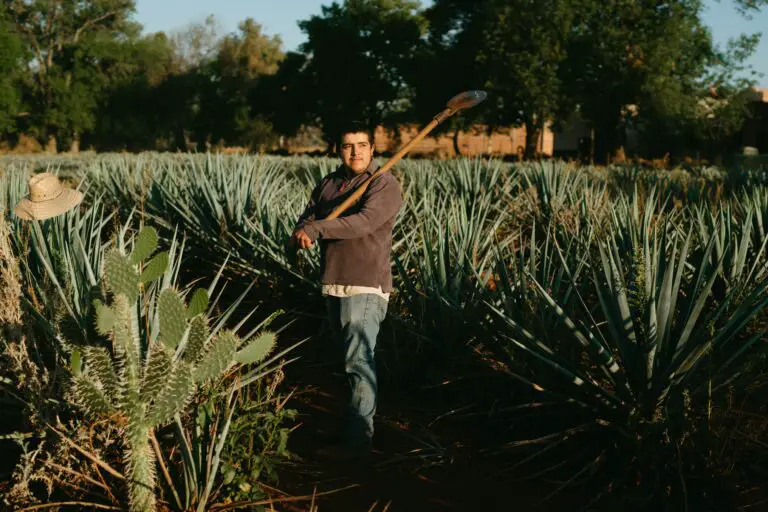
As the largest Agave species growing in the United States, its grandeur can hardly be overemphasized. But what does it take to properly care for Agave palmeri? Are there potential risks involved, and what are the plant’s uses and benefits?
Caring for Agave palmeri
Mainly, Agave palmeri requires a well-draining soil medium. This reduces the risk of root rot, a common malady of many succulents. Be mindful of how much water you give to the plant. Too much of a good thing can indeed be harmful. When in doubt, opt for under watering rather than overwatering.
When it comes to lighting, full sun is ideal. However, the mighty Agave can adapt to part shade. This plant is a symbol of resilience and rugged charm, capable of thriving in difficult light conditions.
Now, should you wish to delve deeper into caring for your Agave palmeri, there are fabulous resources available. In fact, our friends over at the Encyclopedia of Life offer a fantastic collection of articles on Palmer’s century plant, featuring everything from care guides to scientific studies.
Uses, Risks, and Benefits
Moving on, let’s talk uses and benefits. Traditionally, Agave palmeri has some pretty interesting uses. For instance, the fibrous leaves were used by indigenous cultures for weaving, while the sweet sap or ‘agave nectar’ serves as a natural sweetener.
Yet, as with any plant, it’s worth considering potential risks. Although dwarf agave plants are generally safe, some larger species, including the Agave palmeri, could pose potential hazards due to their sharp leaf tips. For households with small children or pets that might be at risk of an inadvertent poke, these must be kept at a suitable distance.
Despite these considerations, the Agave palmeri indeed brings countless benefits to the table. Along with adding an aesthetic appeal to your green space, the plant also boasts some impressive sustainability potential. This manifests in their limited water needs, making them a great choice for xeriscaping and water-wise gardening.
So there you have it, the ins and outs of the amazing Agave palmeri. This gem of nature holds appeal not just as a decorative feature but also as an ecological warrior, championing sustainability with grace and steadfastness.



